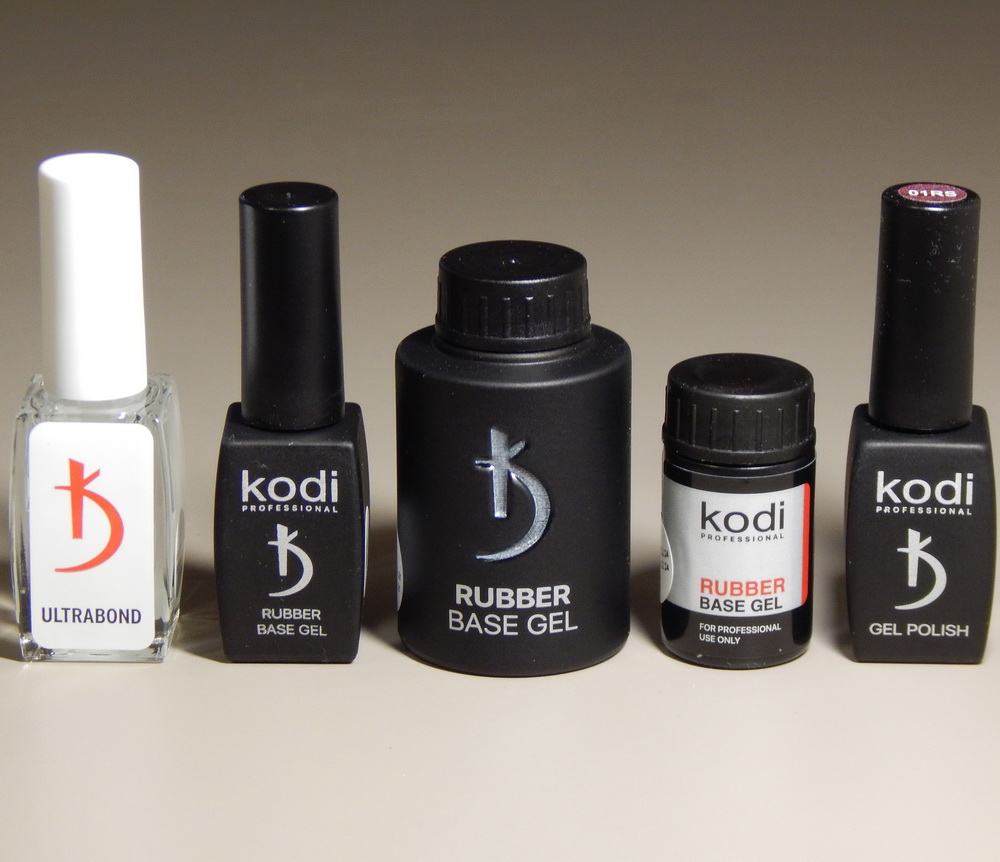As modern lighting continues to evolve, LED strip lights have become one of the most popular and innovative solutions for residential, commercial, and industrial applications. Whether it’s adding ambient lighting under kitchen cabinets, enhancing architectural features in hotels, or powering dynamic signage in retail stores, LED strip lights are everywhere. But have you ever wondered how they’re made—or what really happens inside an LED Strip Lights factory?
Understanding how these lighting products are developed and produced can help businesses, distributors, and project managers make better purchasing decisions. In this article, we take a closer look inside an LED Strip Lights factory and explain why it matters who manufactures your lighting.
The Production Process of LED Strip Lights
An LED Strip Lights factory is where raw materials are transformed into fully functional, reliable lighting products. The process involves multiple stages, each critical to the performance and longevity of the lights.
1. Sourcing Components
High-quality strip lights start with top-grade materials. Reputable factories source LED chips from trusted suppliers like Cree, Samsung, or Epistar. They also use high-density PCBs, durable resistors, and strong adhesives to ensure product durability.
2. Surface Mount Technology (SMT)
LED chips are placed on the printed circuit board using SMT machines with extreme precision. These automated machines place hundreds of tiny LEDs per minute, ensuring consistency and minimizing defects.
3. Soldering and Assembly
After mounting, the boards pass through a reflow oven to solder the components. Skilled workers or automated lines then assemble the strips, attaching connectors, adding protective coatings, and cutting them to specific lengths.
4. Quality Control & Testing
Each LED strip undergoes rigorous testing before shipping. Factories test for brightness levels, color accuracy, heat dissipation, voltage consistency, and waterproofing (for IP-rated strips). A well-equipped LED strip lights suppliers may also simulate long-term usage with aging tests to ensure durability.
Why Factory Standards Make a Difference
Not all factories operate at the same level. Some cut corners to reduce costs, leading to inconsistent brightness, flickering, or early product failure. Here’s why working with a certified, professional factory is essential:
- Performance Consistency: Top factories produce LED strips that maintain color and brightness across batches.
- Safety and Compliance: Reputable factories follow strict electrical safety standards and offer certifications like CE, RoHS, UL, and ETL.
- Longevity: A factory focused on quality control can deliver strip lights that last 30,000–50,000 hours without major degradation.
What Makes a Good LED Strip Lights Factory?
If you’re sourcing products for resale, installation, or manufacturing, the factory behind the product matters more than the brand name. Here are a few traits that define a trustworthy LED Strip Lights factory:
• Advanced Equipment
Modern production lines with SMT machines, automated glue dispensers, and reflow ovens allow for higher output and lower defect rates.
• Customization Capabilities
A factory should offer custom solutions, including color temperature adjustments, length variations, dimming compatibility, and smart integrations (e.g., app-controlled, Zigbee,
or voice-enabled options).
• Research and Development (R&D)
A forward-thinking factory invests in R&D to develop new products—such as COB strip lights, bendable strips, or ultra-high CRI versions.
• Sustainable Practices
Environmentally responsible factories use eco-friendly materials and processes to meet global demand for green technology.
Applications That Depend on Reliable Factory Output
From large-scale architectural projects to DIY home upgrades, LED strip lights are used in countless environments. A well-run LED Strip Lights factory ensures products are tailored to diverse markets:
- Hospitality and retail: Decorative lighting that elevates brand experience.
- Industrial and warehouse: Task lighting for efficiency and safety.
- Smart homes: Voice-activated, app-controlled lighting systems.
- Automotive and marine: Vibration-resistant and waterproof strips.
Final Thoughts
Behind every high-performing LED strip light is a factory that designed, tested, and built it to last. For businesses and professionals sourcing LED lighting solutions, choosing the right LED Strip Lights factory isn’t just a smart decision—it’s a strategic one.
By working with a factory that prioritizes quality, innovation, and customer satisfaction, you gain a competitive edge in a saturated market. So next time you evaluate a lighting supplier, don’t just ask what the product does—ask where and how it was made.










Leave a Reply